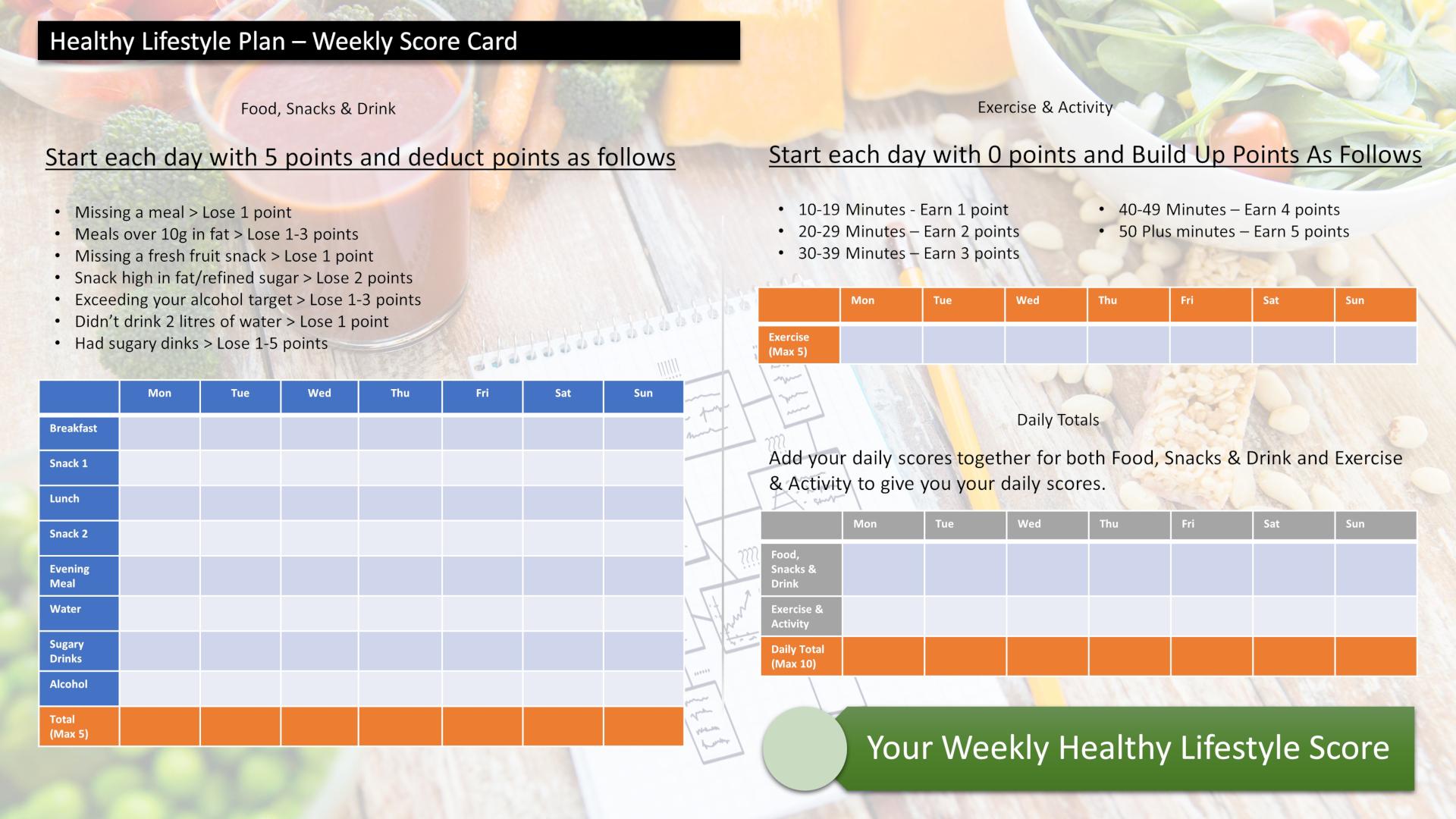Being an advocate of healthy lifestyle living, I would like to bring my attention to the growing number of people being diagnosed with diabetes. Diabetes is becoming more and more common in our society.Diabetes affects an estimated 246 million adults worldwide and accounts for 6 percent of all global deaths. Type 2 diabetes accounts for about 90 percent of all diabetes cases and is closely linked to obesity and physical inactivity.
What is diabetes? Diabetes comes from elevated blood sugar (glucose) levels. Glucose is a simple sugar that our bodies derive from the foods that we eat. Most of what we eat is broken down into glucose. The body’s metabolism of carbohydrates, proteins and fats leads directly to the production of glucose, which enters the bloodstream after a meal and is the necessary nutrient to provide energy to every cell in the body. Glucose is the principal source of fuel for our bodies.
When our food is digested the glucose makes its way into our bloodstream. Our cells use the glucose for energy and growth. However, glucose cannot enter our cells without insulin being present – insulin makes it possible for our cells to take in the glucose.
Insulin is a hormone that is produced by the pancreas. After eating, the pancreas automatically releases an adequate quantity of insulin to move the glucose present in our blood into the cells, and lowers the blood sugar level.
A person with diabetes has a condition in which the quantity of glucose in the blood is too elevated (hyperglycemia). This is because the body either does not produce enough insulin, produces no insulin, or has cells that do not respond properly to the insulin the pancreas produces. This results in too much glucose building up in the blood. This excess blood glucose eventually passes out of the body in urine. So, even though the blood has plenty of glucose, the cells are not getting it for their essential energy and growth requirements.
There are three main types of diabetes:
Diabetes Type 1 – You produce no insulin at all.
Diabetes Type 2 – You don’t produce enough insulin, or your insulin is not working properly.
Gestational Diabetes – You develop diabetes just during your pregnancy.
All types of diabetes are treatable, but Type 1 and Type 2 diabetes last a lifetime; there is no known cure. The patient receives regular insulin, which became medically available in 1921. The treatment for a patient with Type 1 is mainly injected insulin, plus some dietary and exercise adherence.
Patients with Type 2 are usually treated with tablets, exercise and a special diet, but sometimes insulin injections are also required.
If diabetes is not adequately controlled the patient has a significantly higher risk of developing complications, such as hypoglycemia, ketoacidosis, and nonketotic hypersosmolar coma. Longer term complications could be cardiovascular disease, retinal damage, chronic kidney failure, nerve damage, poor healing of wounds, gangrene on the feet which may lead to amputation, and erectile dysfunction.
Diabetes is an area of particular interest to me. My personal calling to learn, understand and be able to offer solutions for this illness started when my wife having suffered from severe ill health for some time, having had an emergency operation to remove an ovary, and consequently within 18 months having to undergo spinal fusion, then during her recovery she was diagnosed as diabetic.
It has proven to be an area over which I subsequently would have a lot of contact with as both a fitness instructor and as a lifestyle coach.
Let me start with the most important statement I can make. Regular physical exercise and following a healthy eating diet will have beneficial effects in the treatment of type 2 diabetes, and just as importantly will have a great influence in helping others never becoming diabetic.
In my experience, as a Gym Owner, it is only after the diagnosis of diabetes, do many people decide that now they need to take action. Personally I have found this one of the most frustrating parts of the fitness industry. To us the strength of what we do is offer preventative methods. By this we mean that taking up exercise on a regular basis, 3 times a week, one has a very good chance of avoiding ill health. In the specific case of diabetes, many of those diagnosed with diabetes, would have potentially avoided it if only they had began an exercise programme and followed a healthy eating plan.
A diagnosis of diabetes can be overwhelming. In my opinion, being diagnosed as diabetic MUST be a powerful wake-up call that should not be ignored. Implementing a healthy lifestyle diet and starting to regularly exercise is paramount, as living a healthy, active life, will help to manage the diabetes and reduce the chance of developing complications in the future.
Shock, fear, anger or denial, are common reactions people feel when given the news they have diabetes. Yet it is a condition that can be treated and controlled. One has to make major lifestyle changes for the better.
It is true that Diabetes is a serious disease and it causes you to examine everything you do, but you do not have to be discouraged. There is a lot of hope and there are a lot of success stories out there. You have to take charge of your life, and your condition, and manage both well.
Here are some simple steps to managing diabetes
• Accepting you have diabetes is the first step.
• Choosing to maintain a healthy diet and to exercise regularly is a key to better control.
• Monitoring your blood glucose levels. This allows you to make the necessary changes to your diet and activity to keep your level in the normal range.
So if you have been diagnosed with diabetes it is now time to make changes to your lifestyle, such as eating healthily, losing weight if appropriate and being physically active, in order to reduce the risk of developing the serious complications of the condition. If you aren’t diabetic, and never want to be still make those same lifestyle changes, and give yourself the best chance of good health.
Score Your Way To Good Health - With Our Healthy Lifestyle Plan
Score your way to good health with our healthy lifestyle plan and it's unique 70 point weekly scorecard!



